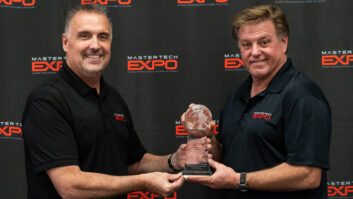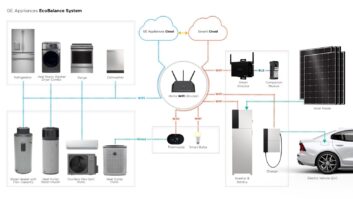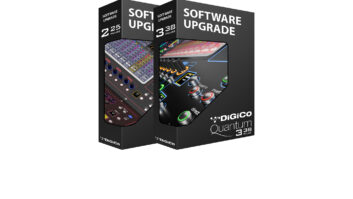LIVERMORE, CALIF. — Using an “if you build it they will come” strategy, the major microprocessor makers have developed a chip manufacturing technology to build 10GHz speed chips, even though there are few consumer applications that require such power.
The most important aspect of this breakthrough, which was announced two weeks ago, is not the blazing speeds that the chips will deliver, but that vendors can continue the current pace of processor development.
“This is more than just an evolutionary step. What’s really exciting is it will let us continue not for just a few years, but for at least a decade. It will change the way we communicate with the PC and will allow even more powerful chips in PDAs,” said Craig Sander, AMD’s technology development VP.
Since microprocessors were first developed, processing capacity has followed Moore’s Law, named after Intel founder Gordon Moore, that states chips will double in speed every 18 to 24 months. This ability makes the leap forward is particularly important because current chip-making methods are expected to reach their physical limits in the next few years, which would have restricted speeds to the 8.5GHz level. So if a 10GHz speed chip is developed around the projected date of 2005 a 20GHz model will be out by 2007, 40GHz two years later and so on. An Intel spokesman said that for the desktop computer the other major application will be markedly improved voice recognition capability will allow people to interact with a PC with their voice.
The fact that most other consumer applications, even five or more years down the road, will not need such processing power will not be a detriment, said Steve Baker, an analyst with NPD Intelect, Reston, Va.
“Even now there is a small subset that use all the power or features in their computer, but that doesn’t stop vendors from marketing them,” he said.
Van Baker, vice president of Gartner’s internet technology & society e-market intelligence group, was confident software makers will come up with ways to utilize this new found power.
“The thirst for horsepower will not diminish as long as industry continues to come up with creative uses of computing technologies,” he said.
The advancement was made possible due to the development of a new manufacturing tool dubbed the Engineering Test Stand (ETS). The ETS uses extreme ultraviolet (EUV) light lithography to imprint circuits onto chips.
The EUV system will eventually allow manufacturers to print circuits .1 micron in width, about 1/1000th the width of a human hair, with the circuit lines on the chip measuring just .03 microns. Producing the tools that will make the chips will be costly and time consuming. The circuits are printed in a total vacuum using a series of mirrors that must be perfectly formed, a challenge in and of itself, said Intel.
EUV technology was developed by a consortium of chip makers, among them Intel, AMD, IBM and Motorola, called the EUV LLC that is working with government researchers at Sandia National Laboratory, Lawrence Berkley National Laboratory and Lawrence Livermore National Laboratory. The research is funded entirely by the corporations.
The consortium will work in the next year to refine the manufacturing process. The ETS also must be upgraded so future versions can mass-produce these chips. Intel and AMD had slightly different road maps for when they expected EUV-based chips to roll off their assembly lines.
Intel expects a production version of the ETS to be in its factories by 2005. These will have the ability to produce just as many if not more wafers than the machines now in use. Sander said AMD is expecting the tool to be ready anytime between 2005 and 2007.
“This is a very important, yet innovative step so it twill take a bit of work to get it into production,” he said.













